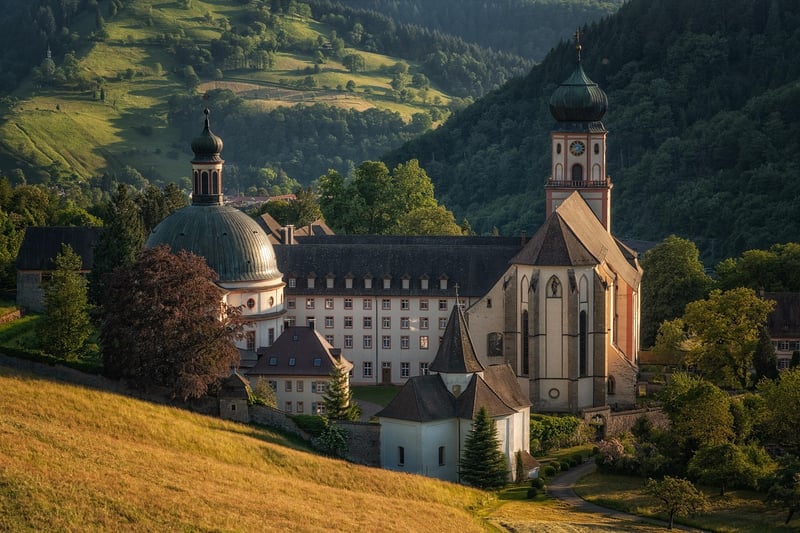Historical Influences
Exploring Culinary Heritage and Historical Influences
Food is not just a means of sustenance; it is a reflection of a culture's history, traditions, and values. Culinary heritage is a treasure trove of flavors and techniques that have been passed down through generations, influenced by historical events, migrations, and trade. Let's dive into the fascinating world of culinary heritage and its historical influences.
The Influence of Migration
One of the significant factors shaping culinary heritage is migration. As people travel and settle in new lands, they bring their culinary traditions with them, leading to a beautiful fusion of flavors and ingredients. For example, the fusion of African, European, and Indigenous American cuisines in the Americas has given birth to dishes like gumbo, jambalaya, and feijoada.
Colonial Influences
Colonialism has also left a lasting impact on culinary heritage. European colonial powers introduced new ingredients and cooking techniques to the lands they colonized, resulting in a blend of flavors that continue to define local cuisines today. The use of spices in Indian cuisine, for instance, is a legacy of the British and Portuguese colonial era.
Traditional Cooking Methods
Traditional cooking methods are another essential aspect of culinary heritage. Techniques like fermentation, smoking, and pickling have been used for centuries to preserve food and enhance flavors. These methods not only add depth to dishes but also connect us to our culinary roots and the practices of our ancestors.
Preserving Culinary Heritage
As our world becomes more connected, there is a growing awareness of the need to preserve culinary heritage. Organizations and individuals are working to document traditional recipes, promote local ingredients, and revive ancient cooking techniques. By preserving our culinary heritage, we ensure that future generations can continue to savor the flavors of the past.
Embracing Diversity
One of the most beautiful aspects of culinary heritage is its diversity. Each culture's cuisine tells a unique story, reflecting the land's geography, climate, and cultural influences. By embracing diversity in our culinary choices, we celebrate the richness of our shared human experience and honor the traditions that have shaped us.
Let's continue to explore the world's culinary heritage, savoring the flavors of the past and celebrating the historical influences that have made our food so diverse and delicious.

For more information on culinary heritage and historical influences, you can visit UNESCO's Intangible Cultural Heritage website.
